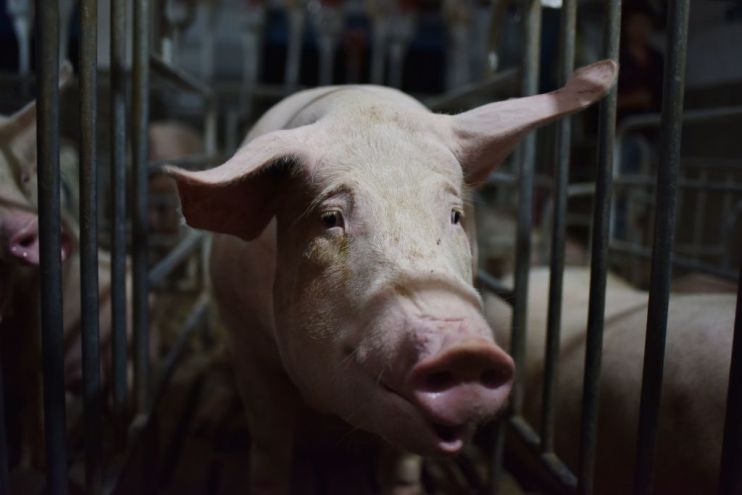Swine flu helps push Chinese inflation to eight-year high

Chinese consumer inflation climbed to close to an eight-year high in November, driven by a doubling of pork prices as African Swine Fever ravaged the country’s pig farms, official data showed today.
Nonetheless, factory-gate prices fell for the fifth month in a row, highlighting the malaise in the country’s manufacturing sector brought about by the US-China trade war.
Read more: Chinese exports unexpectedly fall as trade war takes a toll
Consumer prices rose 4.5 per cent year on year last month, the fastest pace since the beginning of 2012. Pork prices fell slightly in November but were roughly twice as much as a year earlier.
In contrast, the producer price index (PPI) – the change in prices received by domestic producers – fell 1.4 per cent in November.
Julian Evans-Pritchard, senior China economist at Capital Economics, said the PPI reading could be worse than it appears. He said it “suggests that higher prices of consumer goods, one component of which is food, are partially masking the declining prices of industrial goods”.
Economists think demand for pork will stay high as China approaches the Lunar New Year, traditionally the time when the population eats the most meat.
Soaring pork prices and the subsequent high inflation are adding to the difficulties of policymakers trying to stem China’s slowdown. Third quarter growth came in at six per cent, its lowest in almost 30 years.
Read more: China hopes to secure a trade deal with the US ‘as soon as possible’
The economy is now on track to slow to the lower end of a target six to 6.5 per cent range for 2019.
The trade war with the US has taken a heavy toll on the world’s second-largest economy. US President Donald Trump rattled global stock markets last week when he said he liked “the idea of waiting until after the [2020 presidential] election for the China deal”.